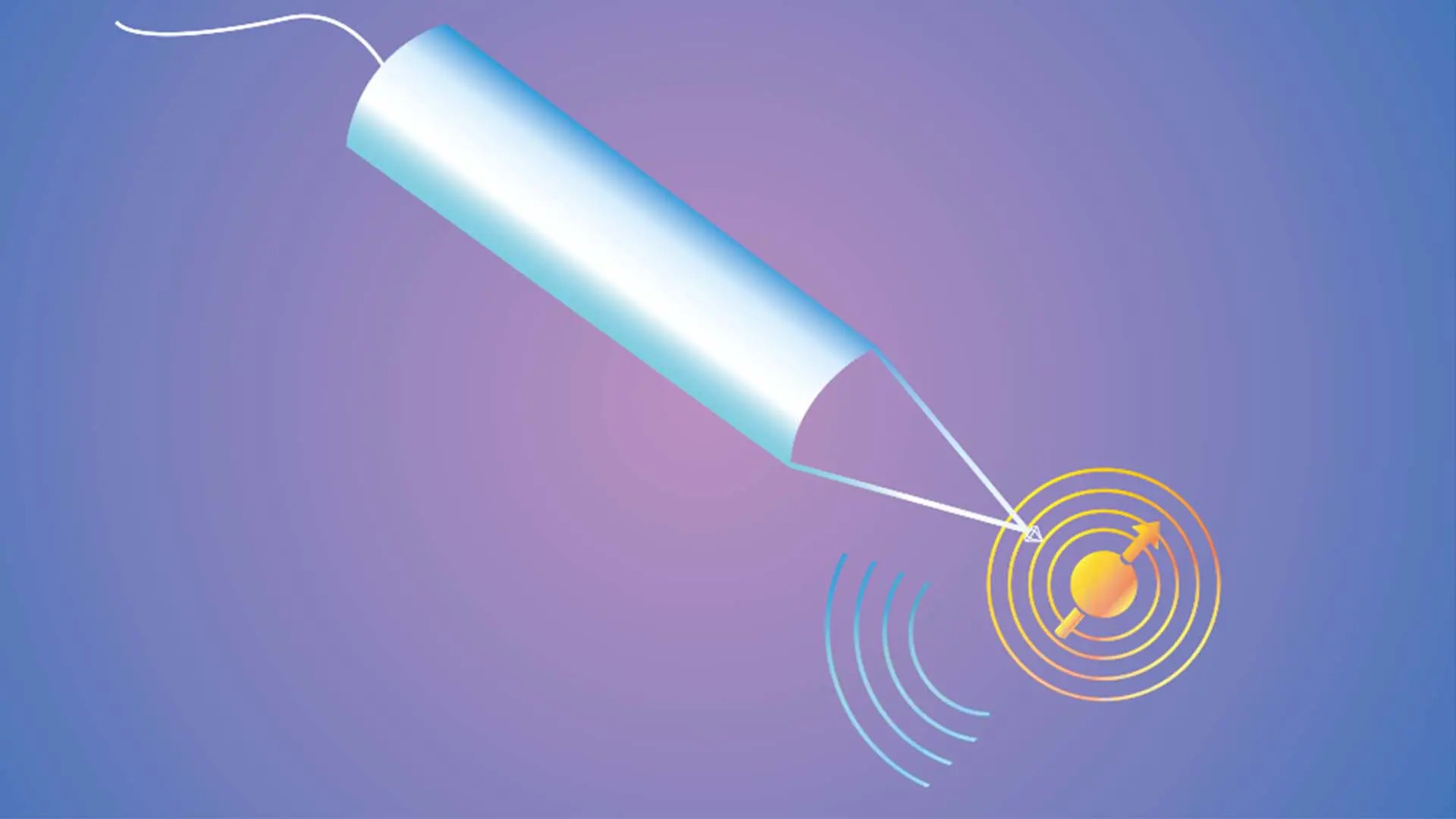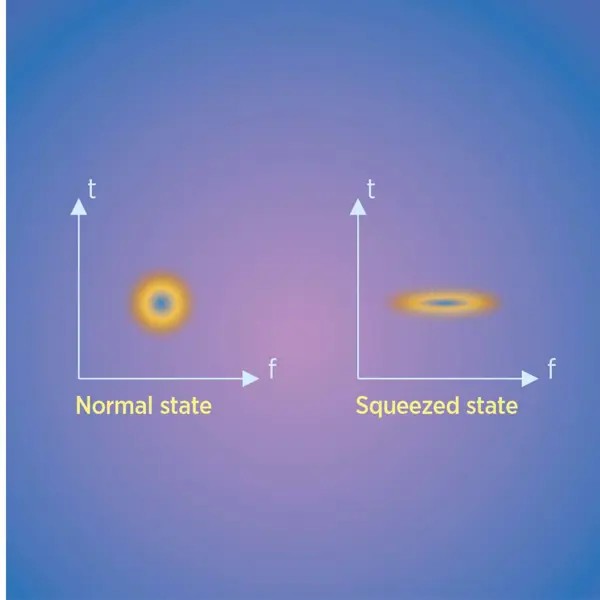
Human knowledge of the world and our technological progress is limited by what we can measure, and how accurately. By exploiting quantum properties of single particles, measurement capability can be pushed far beyond what has previously been possible.
Imagine being able to find out what hides far beneath our feet, predict volcanic eruptions, see around corners and map brain activity in the smallest detail. These are some of the things quantum sensors are expected to help us achieve in the coming decades. The research field is wide and includes many types of sensors, with very many different application areas.
What is a quantum sensor?
Quantum sensors utilize quantum states for measurements. They capitalize on the fact that quantum states are extremely sensitive to disturbances – this means that they also have the potential to become extraordinarily sensitive measuring instruments.
Measurement devices which exploit quantum properties have been around for a while, such as atomic clocks, laser distance meters and magnetic resonance imaging used for medical diagnosis. What now can be considered as “new” is that individual quantum systems, such as atoms and photons, are increasingly used as measurement probes, and that entanglement and manipulation of quantum states are used to enhance the sensitivity, even beyond the limit set by a conventional formulation of the quantum mechanical uncertainty principle.
Quantum tricks to reach new levels of accuracy

The uncertainty principle in quantum mechanics limits how precisely measurements can be made. However, quantum techniques can be used to improve the measurement accuracy beyond what previously was perceived as the limit set by the uncertainty principle. The quantum state of the measurement probe can be manipulated so that the uncertainty is shifted to another physical quantity than the one to be measured (this is called a squeezed state). The physical quantity of interest can then be measured with enhanced precision. Quantum states can also be manipulated to make the measurement immune to the strongest sources of noise.
Challenges
A common challenge in quantum sensing is the conflict between isolating the sensitive quantum states from external disturbances, while at the same time being able to manipulate the quantum states and expose them to the physical quantity that is to be measured.
In theory, quantum sensors have the advantage of far more accurate measurements than conventional sensors. But to become commercially attractive, the advantage has to be realised in practice at a reasonable price.
Already available
As mentioned above, there are already many types of measurement devices available that in one way or the other exploit quantum properties. Atomic clocks have become smaller and are today commercially available in fingernail size. Researchers are now turning to atomic transitions at optical or even ultraviolet frequencies, and also to using single quantum systems, in order to develop even more accurate clocks.
Gravitational-wave detectors now operate with squeezed light. This non-classical (quantum) light enables observation of gravitational waves that originate from sources at distances further away than we have been able to see before.
Further, compact gravity meters based on laser-cooled atoms can be used for detailed underground mapping, for example for mineral prospecting, geophysical surveys, and seismology.
What to expect in the future
The potential impact of quantum sensors is broad and considerable. From ultra-high-precision microscopy, positioning systems, clocks, gravitational, electrical and magnetic field sensors, to optical resolution beyond the wavelength limit.
Quantum sensing will definitely help advance the research front in many fields of science.
Quantum sensors are also predicted to enable detailed mapping of the underground, autonomous driving, improved monitoring of biological/cell processes or medical conditions, brain-machine interfaces, detection of minor traces of explosives and poisons, and improved imaging technologies at both short and long distances.